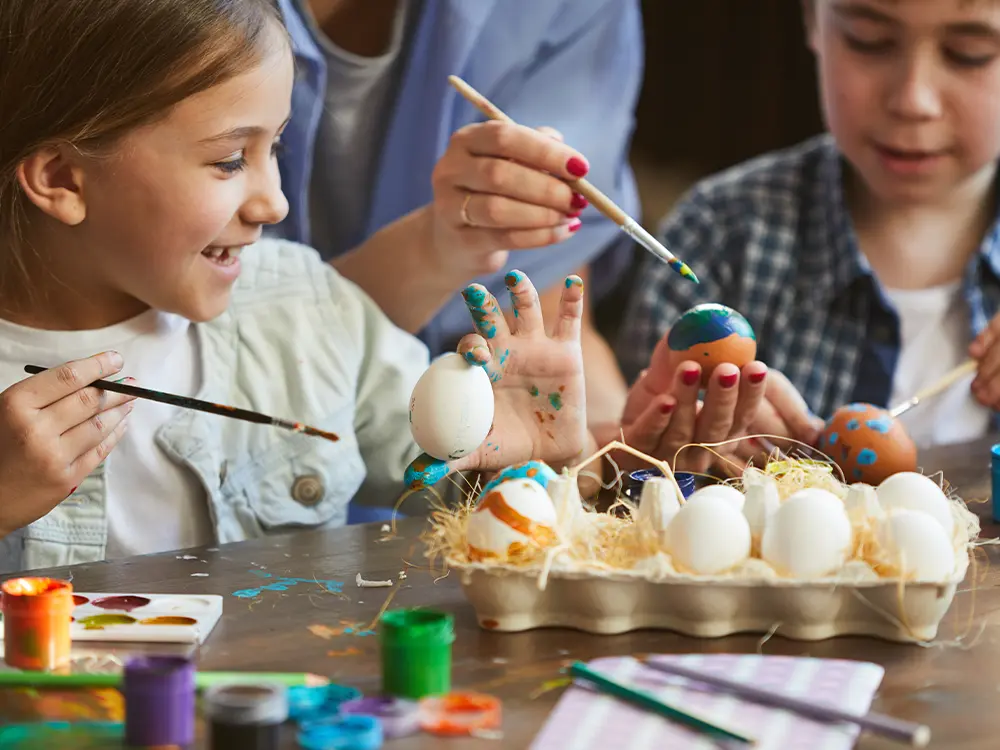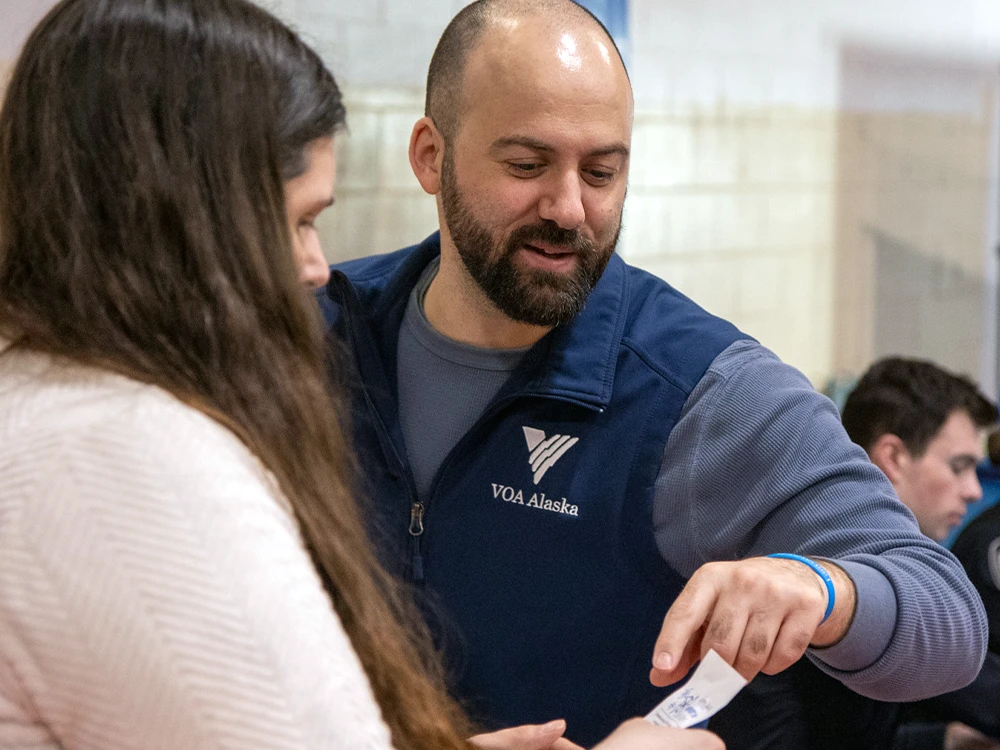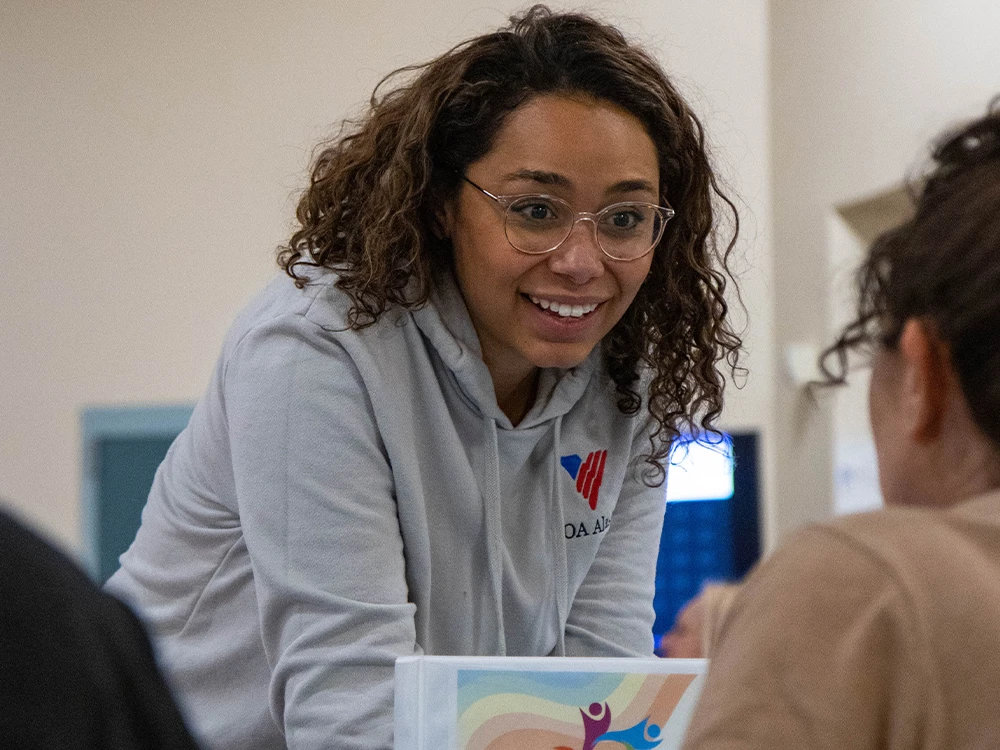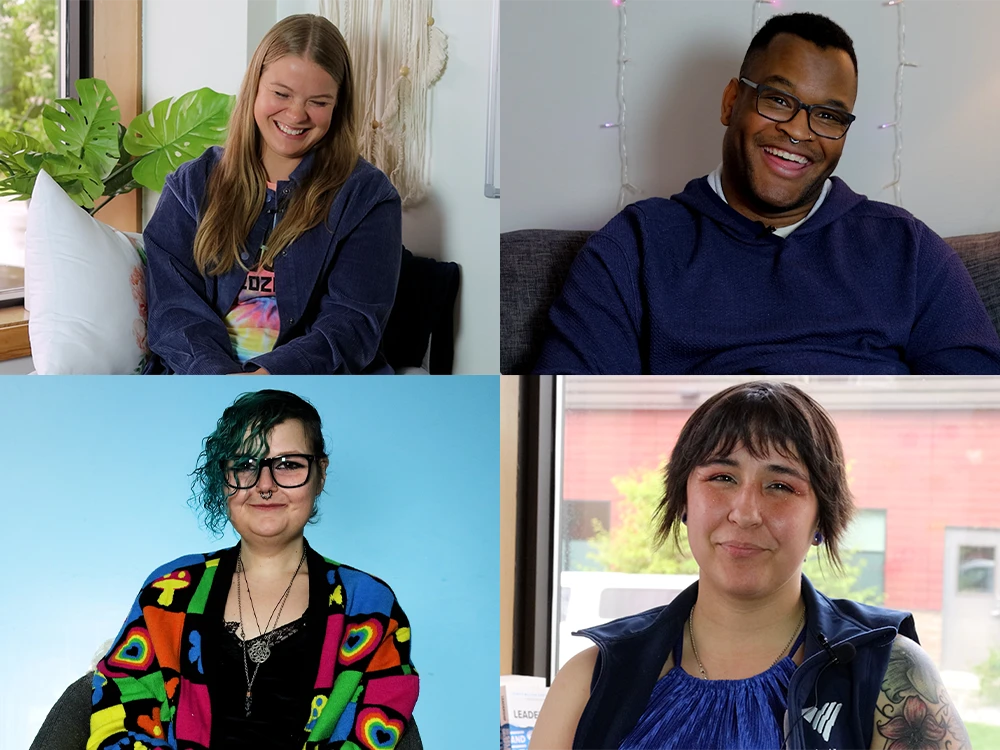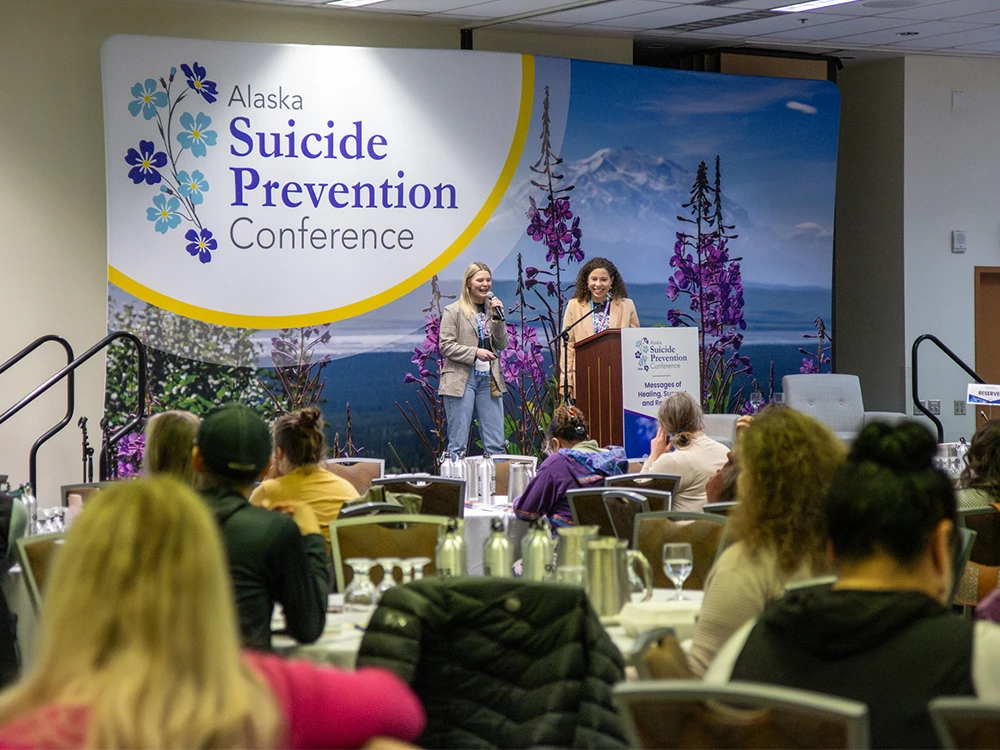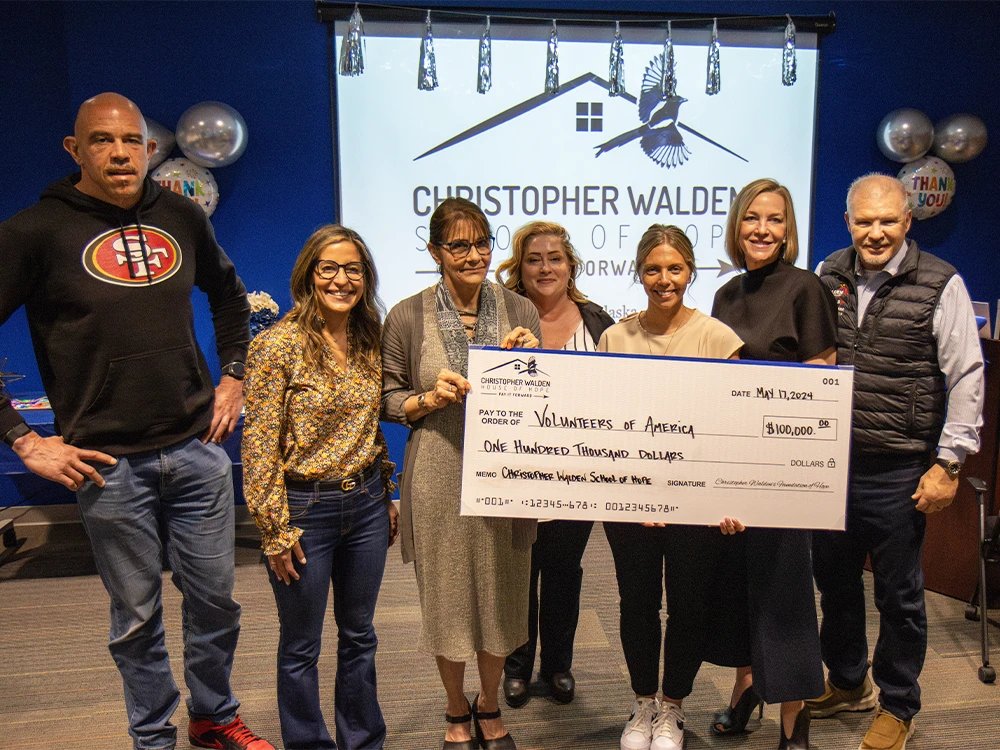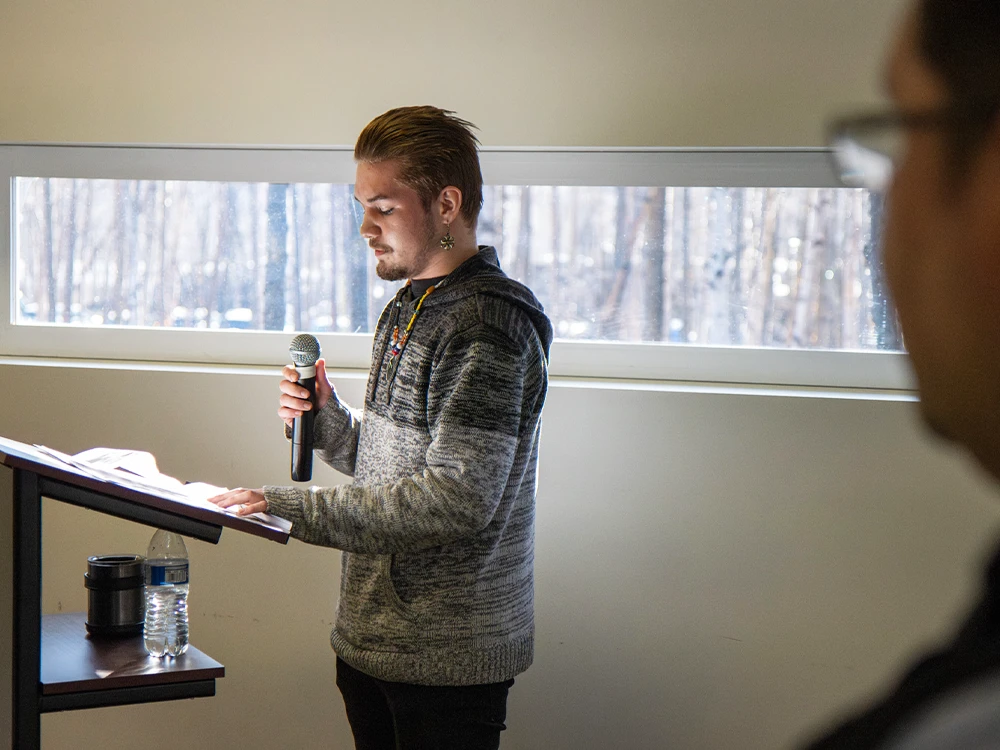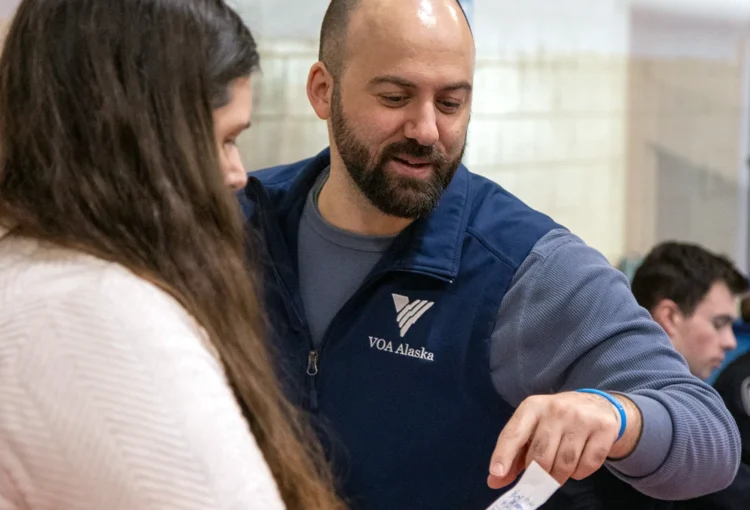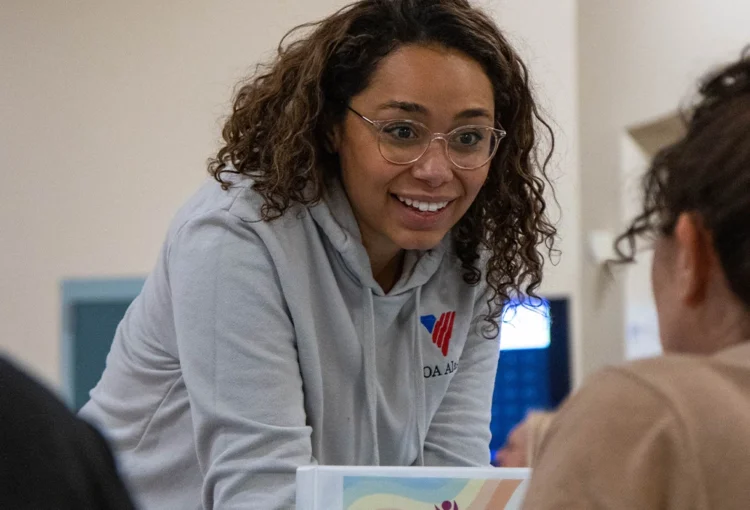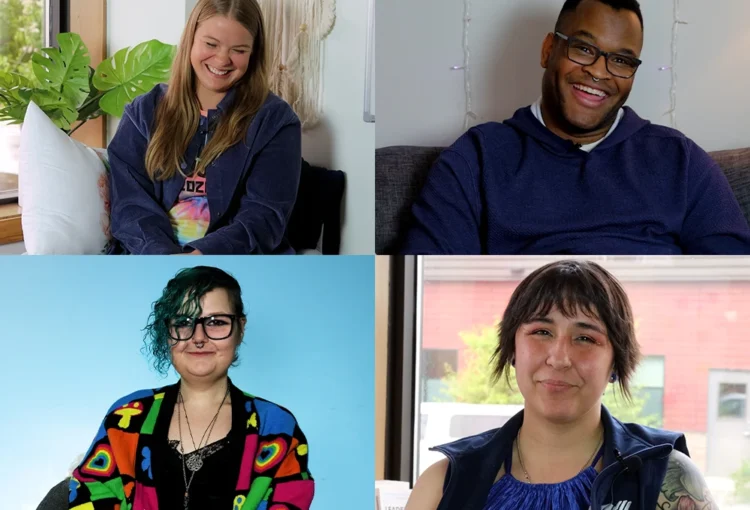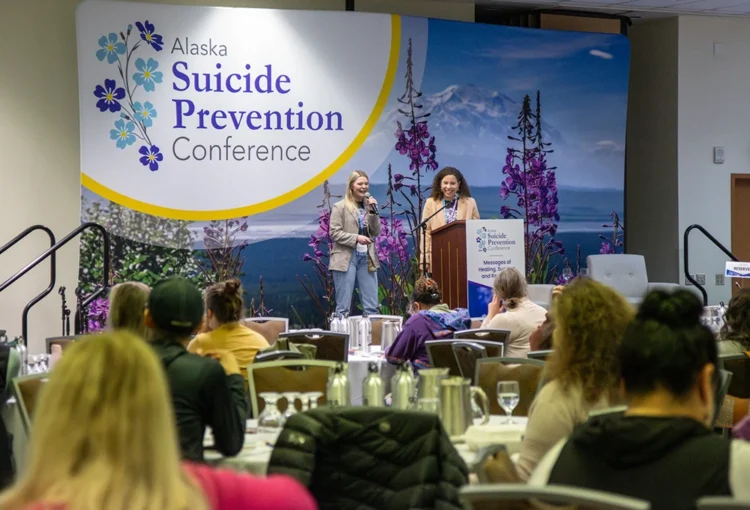April is National Child Abuse Prevention Month, a time to recognize the importance of families and communities working together to prevent child abuse and neglect. This month, we’re highlighting the Strengthening Families framework, which presents five protective factors for building healthy and strong families. In a series of blogs, we’ll be looking at each factor and sharing tips and inspiration for how to put these factors into practice.
The second Protective Factor is social connections, which Strengthening Families describes as “positive relationships that provide emotional, informational, instrumental, and spiritual support.” In other words, it’s your support network—the ones you can turn to for help, that understand your unique personality and needs.
This factor is important for preventing child abuse because when children have these positive relationships in their life, they understand they are worth caring for. They also see firsthand what a healthy relationship looks like. So, when something is happening, they not only have more confidence in speaking up, but they also have someone to speak up to.
For parents, building positive social connections means they have people to lean on in times of stress, which reduces the likelihood of lashing out or distancing themselves. Feeling that you belong to a group increases a positive sense of self and creates a brighter outlook.
Parents and caregivers can build social connections for their family by providing opportunities for children to build relationships with others. Help them get involved with a group or find other children who enjoy the activities they do. Community art events and athletic groups are all great outlets for children to make friends beyond their classroom peers.
But you don’t have to be a parent or caregiver to help children and families build social connections. Teachers, faith leaders, coaches, and many others play an important role in supporting others. If youth are in your life, make an effort to let them know you are there for them should they need help.
Here at VOA Alaska, connection is one of our core values! Our staff, from case managers to counselors, are working in the lives of youth and their families every day. Being part of their support network, and helping them make connections to expand that support, is a key element of the services we provide.
I recently worked with a young person who was in foster care. In the beginning, they didn’t have a support system at all—I was it. We focused on identifying their interests and then planning from how they could meet others with similar hobbies. As their social circle expanded, they developed relationships with teachers and staff. By the end of our time together, they had shifted from primarily negative and stressful interactions with others to having a broad circle of people—peers and adults—they could be open with and turn to for help.
Preventing child abuse is everyone’s responsibility. We all have a role to play in protecting the children of our community and supporting resources that help build up healthy and strong families. Check out the other blogs in the series below or learn more about our range of behavioral health and support services to see how VOA Alaska can support you and your family.
The 5 Protective Factors of Strengthening Families
Knowledge of Parenting and Child Development

